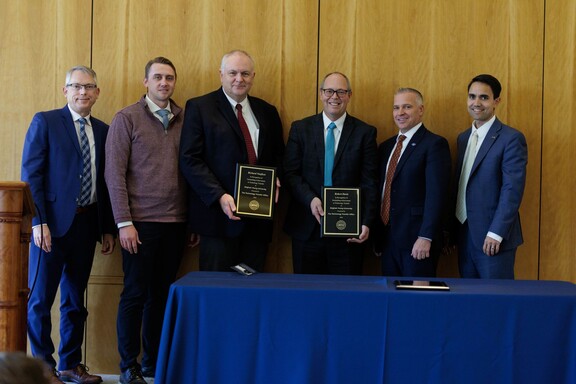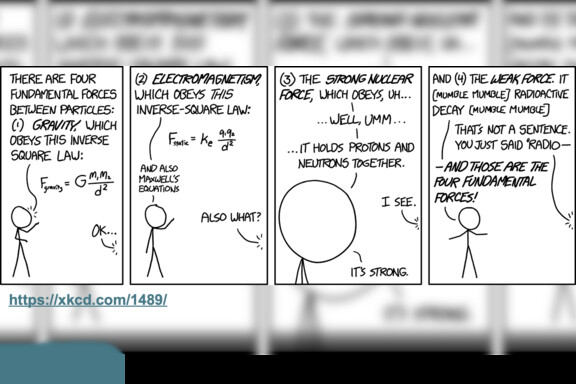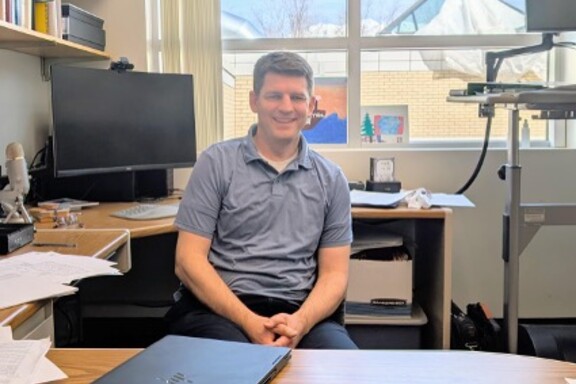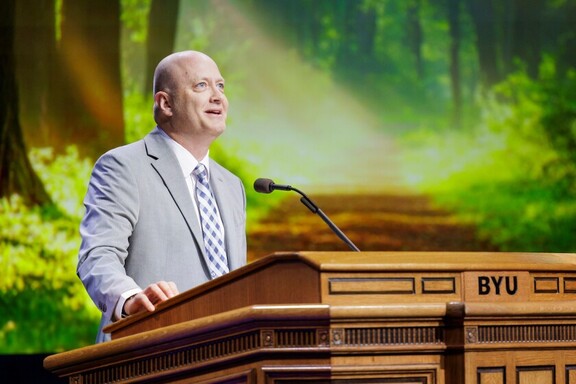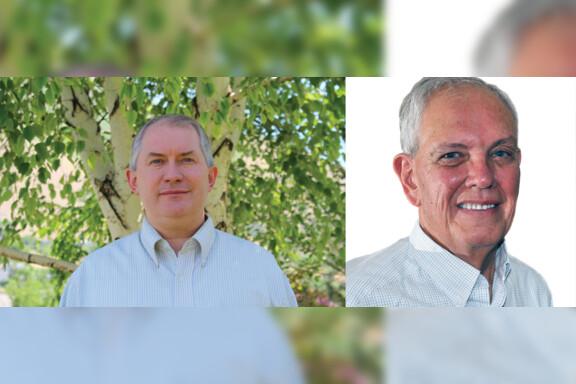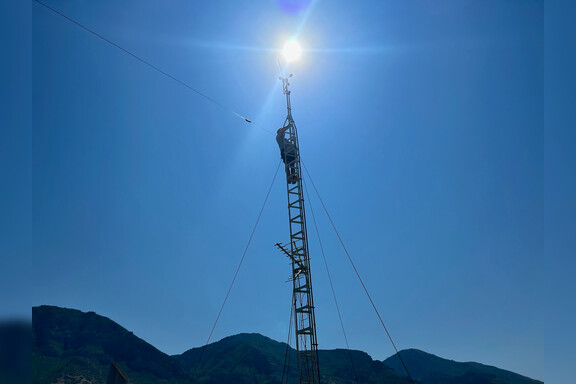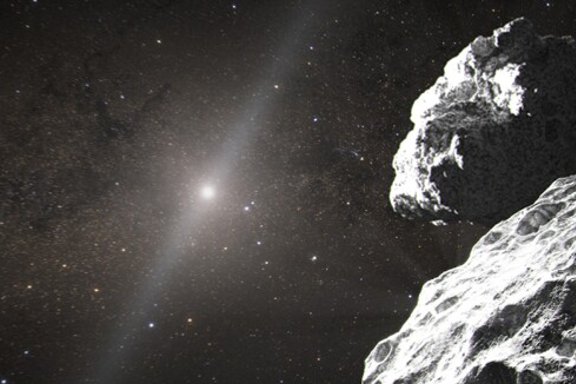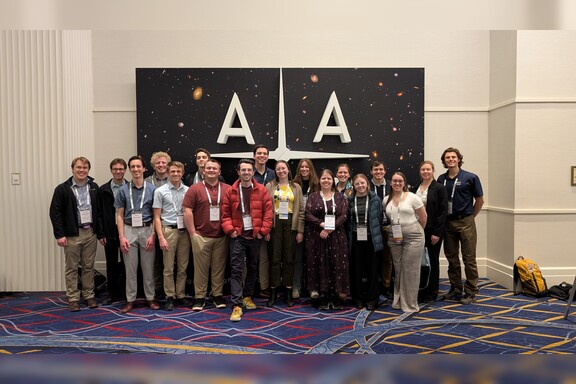
Dr. Powers initiated the effort to update BYU’s physics undergraduate lab curriculum in 2015. The revamped curriculum, aimed at teaching students how to construct knowledge from experiments.
Dr. Powers spoke with us about the motivation to update the lab curriculum for physics undergraduate students. He stated that the effort began near the beginning of his time as a BYU professor, starting in 2015. In 2014, the American Association of Physics Teachers (AAPT) released updated recommendations for the lab curriculum in undergraduate physics classes. These recommendations and guidelines published by the AAPT prompted the Physics Department to take a look at the state of their undergraduate lab curriculum. For BYU the lab revision process began by reviewing literature about what makes a lab experience beneficial and what practices to avoid. Once the professors involved had developed shared goals for improvement of the lab courses, they began making the necessary changes.The most apparent change was the streamlining and refocusing of the lab course sequence. The new focus strives to teach students how to properly use experimental skills in the context where they are useful. The changes made lie in accordance with the AAPT guideline on teaching students how to construct knowledge from experiment. The changes have resulted in a class like Physics 225, the introductory lab class, stepping away from the more tutorial-like structure to one that teaches students to develop their own models, and to analyze and interpret data. These aspects of learning can then be applied in later courses like physics 245, the advanced undergraduate lab class. In addition to major curriculum shifts, more subtle changes have been made to teach students about leadership and the real-life scientific process, by including readings and discussions about these topics in the labs. In Physics 245 specifically, students have been given the opportunity to practice writing and reviewing white papers and proposals. This unique emphasis pushes the students to reflect on their place in the scientific community as future innovators and leaders of scientific learning.
So far Dr. Powers has been pleased with the results of the changes made to the lab curriculum. He let us know that the curriculum for Physics 240 (Design, Fabrication, and Use of Scientific Apparatus) is currently in the development cycle. Once those changes to Physics 240 have been made, it’s back to the beginning. “It’s a more iterative process,” said Dr. Powers. He said that the department plans to change, evaluate, and assess one course at a time and then loop back to the start and see how the curriculum works as a whole.
Part of the work done at BYU has been directly within AAPT. Many professors involved with the lab design process are members of the various committees that make up AAPT. Dr. Powers has worked as the chair of the lab committee and currently works as the chair of the apparatus committee. The committees work toward furthering the purpose of the AAPT’s mission in educating students of all ages and backgrounds in the laboratory setting. As part of their mission, the committees have produced a white paper calling for more work toward improving accessibility in labs for disabled people. The committees also headed an effort to look into building the technical skills of students to make sure they would be prepared for research in a variety of fields. The work done in the AAPT committees had allowed them to be in a unique position to develop changes for the lab classes and allow for the better education of students at BYU.
Student Authors: Matthew Worthington, Nikolai Wallin, Luke Robins, and Chandler Jensen
News and Events
